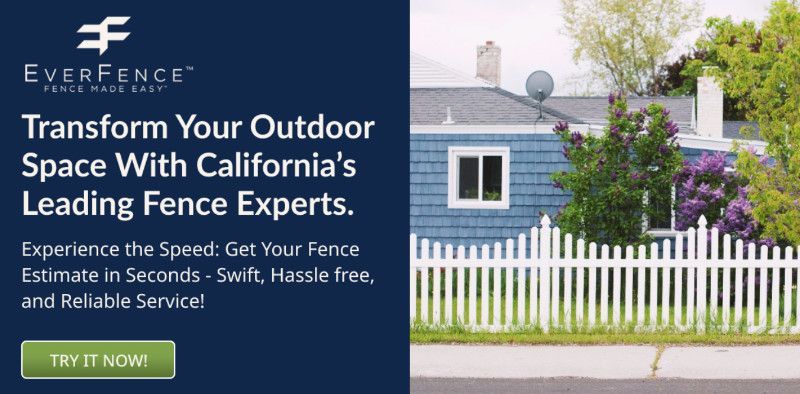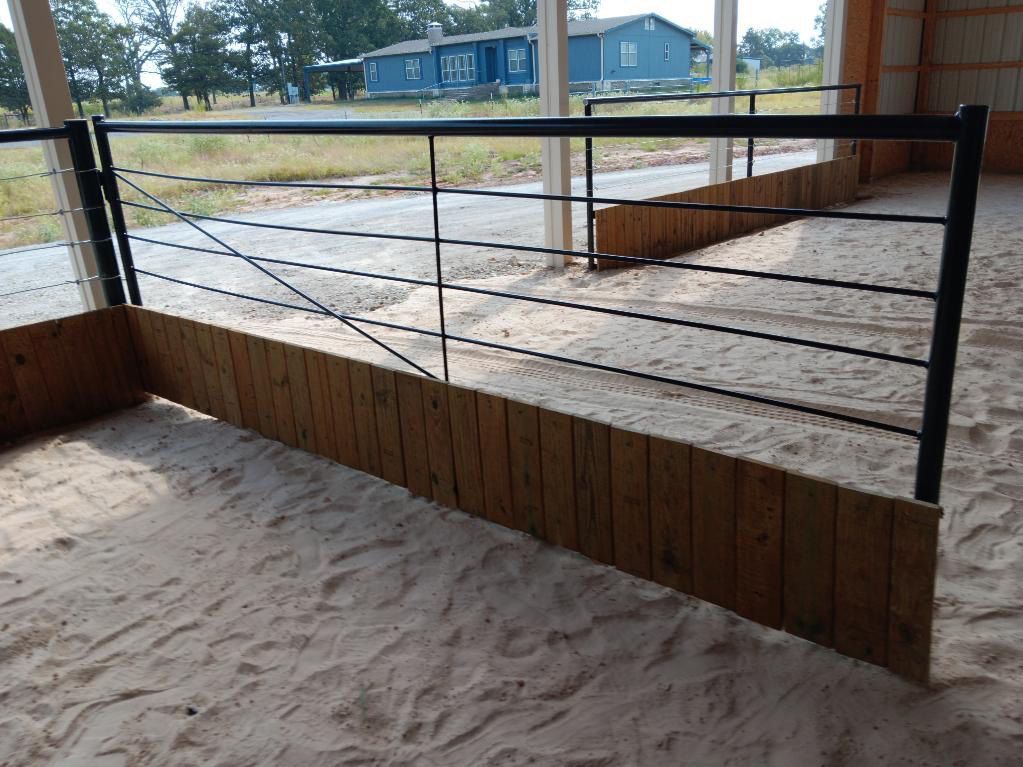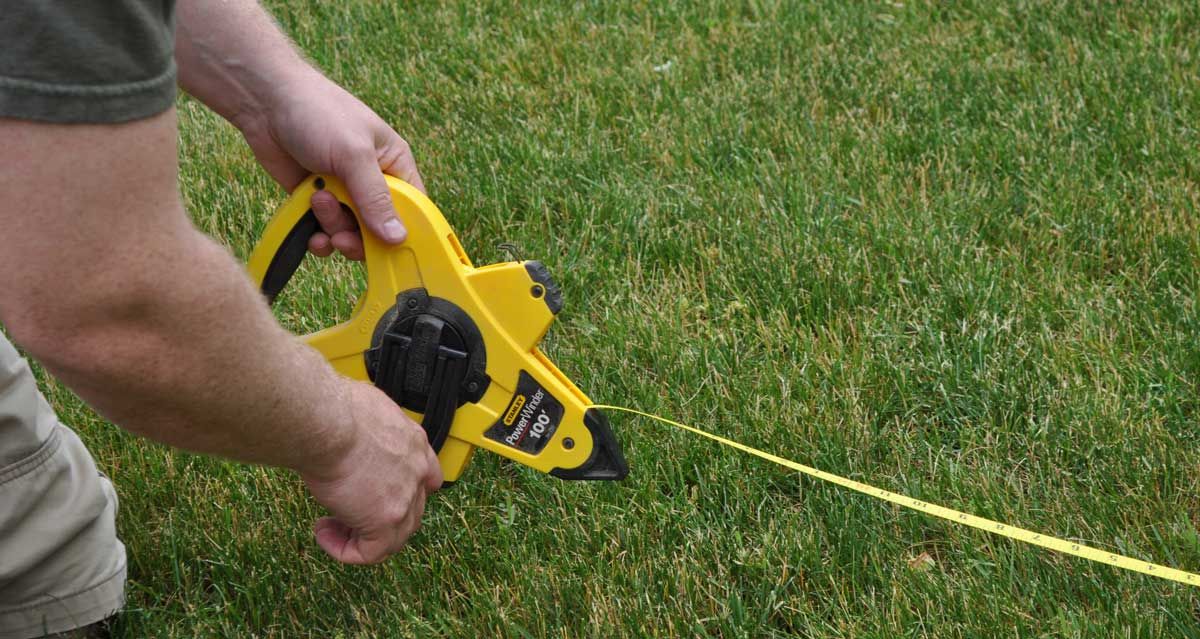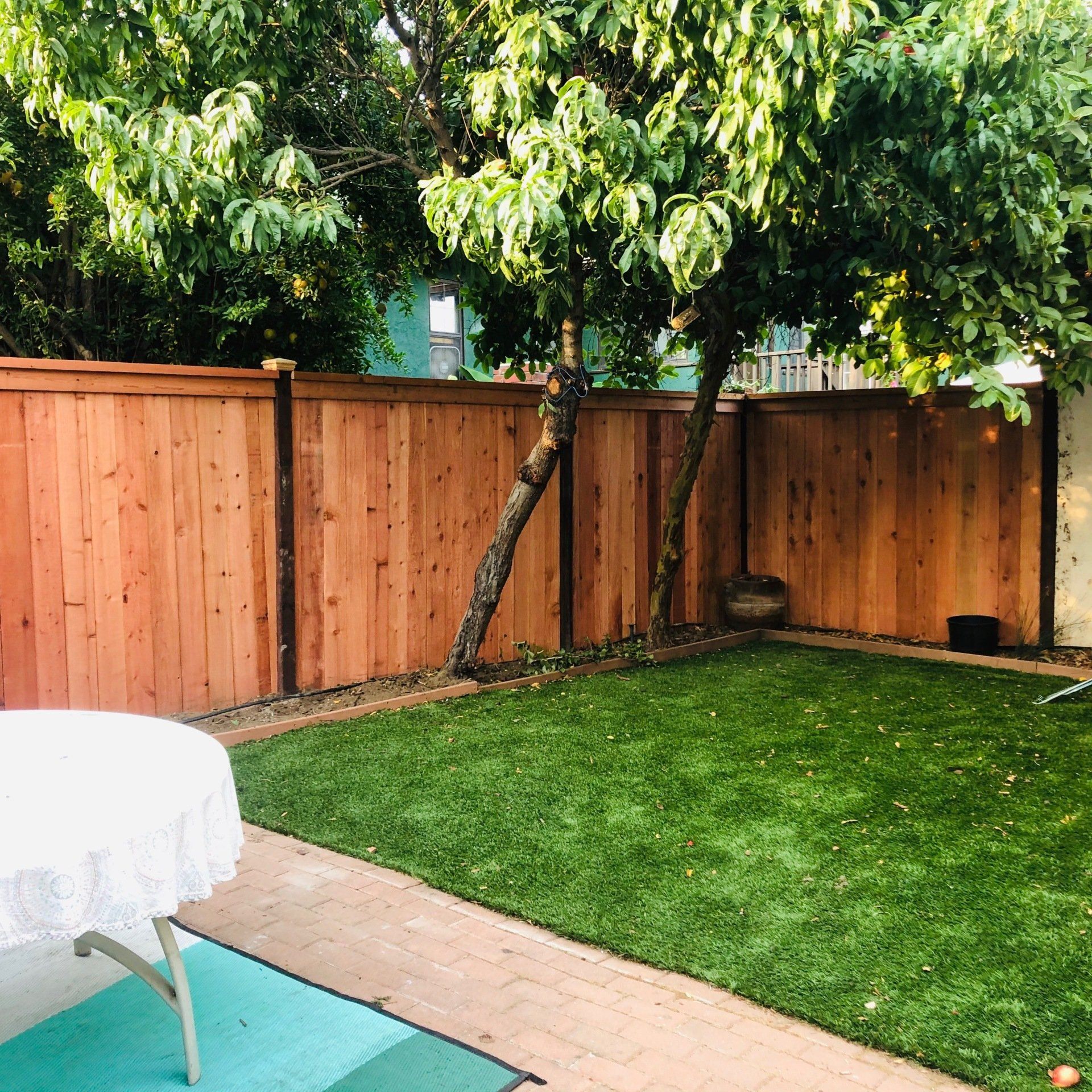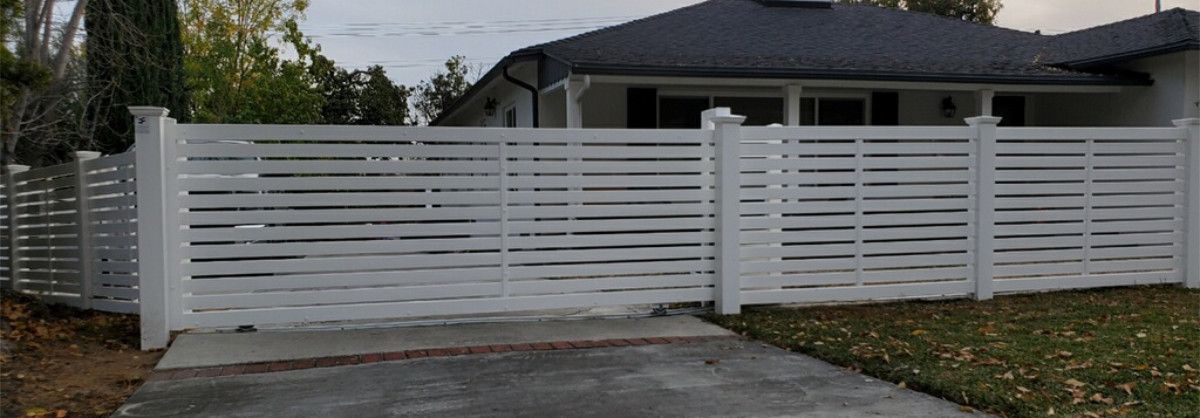HOA Fence Rules: A Homeowner's Guide
HOA Fence Rules: A Homeowner's Guide
Fences are more than just boundary markers—they can symbolize privacy, security, and even a touch of personal style. But when you live in a community governed by a homeowners' association (HOA), you'll find that your dream fence could be subject to specific HOA rules and regulations.
Whether it’s maximum fence height or the allowable setback, HOAs have implemented various rules to maintain consistency, aesthetics, and safety across the community. But remember, every community has its unique character, and what's permitted in one might be frowned upon in another.
With that said, let’s dive into the world of HOA fence rules.
Common HOA Fence Rules—One Size Does Not Fit All
HOAs establish general rules to create harmony within the neighborhood, and they’ll typically include policies on fencing. That said, certain HOA quirks may actually just be local and state laws. With that caveat in mind, here are some general considerations to keep in mind as you design your fencing:
Color Restrictions
Thinking of painting your fence installation a Barbie pink? Think again.
For HOA communities, the color of your fence isn't merely a personal choice—it's a reflection of the neighborhood's aesthetic harmony. As such, most HOAs have stringent rules about allowable fence colors.
Imagine the fence as a brushstroke on the community canvas. A sudden splash of an unapproved color could disrupt the visual rhythm that HOAs strive to achieve and maintain. Most associations will allow homeowners to choose from a pre-approved color palette list that was carefully curated to enhance the overall appearance of the community. These selections usually align with the architecture and landscaping to create a unified neighborhood look.
Sometimes, HOA guidelines may be even more restrictive, limiting your options to a single color, such as white. While this might seem rigid, it ensures that the fences seamlessly blend to create a cohesive and appealing streetscape.
Put simply, HOAs will almost always favor homogeneity over personal expression.
Height Requirement
A fence may act as a privacy shield, but there are limits to how much of the home an owner is allowed to cover up. Both HOAs and state ordinances frequently dictate maximum fence heights to maintain uniformity and visibility within the community.
For example,
California fence laws set a maximum height restriction at 4 feet for front yard fences and 6 feet for backyards. These specifications are common across the country because they aim to preserve aesthetics and ensure that fences don't obstruct views or clash with the neighborhood's overall character.
No Fences
Conversely, some HOAs impose regulations that restrict or even prohibit the construction of fences within their communities entirely. The exact reasons why may vary, but they often stem from a desire to maintain a particular aesthetic or preserve an unobstructed view, especially in areas known for their scenic beauty, such as a waterfront community where fences might block the view of the lake or ocean.
However, it's not always so cut and dry. Even if an HOA sets a fencing prohibition, state laws might overrule these regulations.
For instance, one of Texas HOA fence rules was shot down by Senate Bill 1588. The HOA had restricted the property owner from installing a fence, but
Texas fence laws confirmed that homeowners in this state have the legal right to put up a perimeter fence for security reasons.
While the HOA can still specify the type of fence, the owner is allowed to install one, no questions asked.
Distance from Property Lines
Understanding where to place a fence in relation to property lines—known as setbacks—is a crucial HOA regulation. Property lines define legal boundaries, and misplacing a fence can result in neighborly, HOA, and legal disputes.
Just because your property reaches a certain point doesn’t necessarily mean your HOA will allow you to build a fence to the demarcation line.
Consult the community property survey to locate these invisible markers, and measure the required setback, which may vary. Precise alignment ensures aesthetic consistency and legal compliance. A fence too close or too far from the property lines might lead to violations or fines, so accuracy here is key.
Boundary Fences
"Good fences make good neighbors." This old adage rings true, especially in HOA communities where a boundary fence—splitting the property lines between neighbors—carries both shared ownership and shared responsibility.
What does this mean for homeowners?
You and your neighbors have equal rights to the portion of the boundary fence on your respective property. If you plan to repair, replace, or paint that fence, you must consider both the neighbor’s wishes as well as those of the HOA.
Think of it as a three-way agreement where all parties must be aligned. So, before you pick up a hammer or a paintbrush, keep these tips in mind:
- Familiarize yourself with your HOA's specific guidelines regarding fence materials, colors, and styles
- Initiate a conversation with your neighbor, sharing your plans and listening to their opinions
- Strive to reach a consensus that aligns with both personal preferences and HOA requirements
Material Requirements
Your HOA likely has guidelines about what your fence can be made of. It's not just about picking something sturdy; it's about picking a fence material that fits in with the rest of the neighborhood.
Picture this—a charming row of white picket fences, a symbol of suburban unity. Now, throw in a modern custom metal fence right in the middle. Glaring, right? Such a fence might be strong, practical, and edgy but in this case, it’s the landscaping equivalent of wearing Jordan sneakers with a tuxedo.
So, what materials are likely on the approved list?
Typically, wood and vinyl fences are approved as well as certain types of metal fences. Each HOA will have a defined selection that aligns with the community's overall character. So, if you’re looking into
custom fences, consult your HOA's regulations first; some may welcome creativity within boundaries, whereas others require a more uniform style.
Style Considerations
Not all types of fences are created equal, even when they're made of the same material.
The HOA might allow sophisticated
wrought iron gates but reject the spartan practicality of
chain link fence gates. Or perhaps they approve of the rustic
wood fencing that fits in perfectly with the surrounding homes, but deem ultra-modern fences a no-go.
Each HOA has its desired neighborhood personality and style. So, it’s important to review the approved fence styles in the HOA guidelines. If yours isn’t listed, it’s probably not allowed.
Maintenance and Upkeep
Your fence is your responsibility. HOAs often stipulate rules for maintaining fences, be it regular cleaning, painting, or timely repairs.
Once more, this is about keeping up appearances and not making one property stick out like a sore thumb in such a way that it detracts from the overall aesthetics of the neighborhood.
Ensuring the community looks sharp and cohesive is a top priority for HOAs. So, if you let your fence fall into disrepair or the paint starts to chip, don't be surprised if your HOA sends a friendly reminder your way.
Hiring a Licensed Contractor
Thinking of a DIY fence project? Your HOA fencing rules might say otherwise.
Some associations require homeowners to hire licensed contractors for fence installation, rather than taking the task into their own hands. While it might seem tedious or overly strict, this rule has its roots in ensuring quality and conformity within the community.
Licensed contractors are trained to comply with specific building codes and standards, reducing the risk of an unconventional or unsafe fence spoiling the neighborhood's charm. As a result, in some cases, an HOA will determine that building a fence is a job best left to the professionals.
Penalties for Violating HOA Rules
So, what happens if you don't comply with your HOA's fence regulations?
First, you'll probably receive a warning that asks you to address an issue or make changes. A friendly reminder might be all it takes. But if you fail to heed this initial alert, things can quickly escalate. Here's what may come next:
- Citations and fines – These might follow if the initial warning is ignored, emphasizing the importance of complying with community standards.
- Abatement orders – A more forceful step, these orders demand corrective actions and can carry additional fines and penalties.
- Law enforcement involvement – Remember, it's not just HOA rules but state laws as well. If your fence violates those, law enforcement may be called in.
- Legal action – Persistent rule-breaking might provoke the HOA to seek legal remedies, such as court orders or lawsuits. This becomes even more critical if state laws are violated.
- Property seizures – In the most extreme cases, your property could be seized to recoup enforcement costs, including legal fees.
Building Your HOA-Compliant Fence with Everfence
Navigating HOA fence rules can be a complex task. With guidelines dictating a dozen different facets of the construction project, building a fence that's both visually appealing and compliant requires that you account for these specific regulations.
That's where
Everfence comes in. As specialists in HOA-compliant
fence services, our builders can help homeowners find the perfect balance between personal style and community harmony.
We know how to install a fence that meets that community's standards while still reflecting your unique tastes. Get an
instant quote today.
Sources:
- KRC2 Houston. KPRC 2 Investigates: Homeowner vs. HOA in fence build debate. https://www.click2houston.com/news/investigates/2021/12/03/kprc-2-investigates-homeowner-vs-hoa-in-fence-build-debate/
(949) 287-2872 Orange County
(562) 946-2872 Los Angeles County
(805) 707-3243 Ventura County
(619) 977-0717 San Diego
(972) 955-5074 Dallas, TX
(321) 320-6744 Orlando, Florida
LOCATIONS
Los Angeles | San Diego | Dallas | Fort Worth | Ventura | Orange County | Southern California | Texas | Florida
CREDENTIALS |
Privacy Policy |
COOKIE POLICY |
TERMS & CONDITIONS |
Careers |
MORE INFO
All Rights Reserved | EverFence

